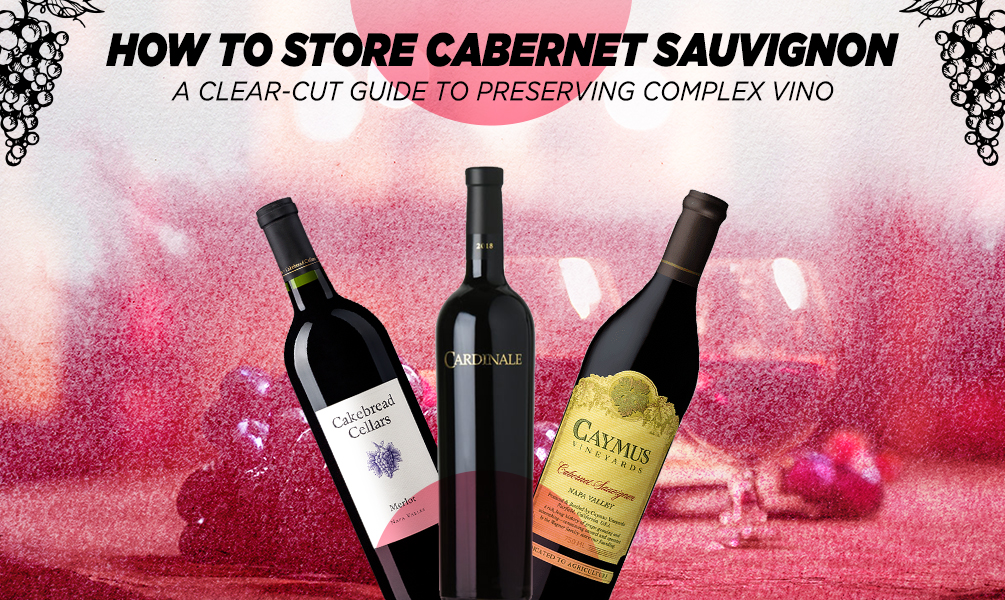
With remarkable balance and a multi-layered taste, cabernet sauvignon as a varietal truly leads the throne of red wines. One additional factor that adds to its prestige is its aging potential, making it a participant in some of the world’s longest-lived wines. A well-crafted cabernet sauvignon wine, when stored properly, can age and mature in the bottle for decades.
But there are various storage conditions to follow up on, whether you are desiring your cabernets to reach their full potential, are into serious wine collecting, or are saving up for an upcoming special occasion. In this guide to cabernet sauvignon storage, we will uncork those conditions, including both when the bottle is opened and unopened. Using these tips, you will be able to ramp up your oenophile side as well as savor your cabs remarkably.
First of all, Why Do Storage Conditions Matter For Cabernet Sauvignon Wines?
Be it any wine, a bold cabernet sauvignon, a crisp chardonnay, or a classic bubbly, storage conditions play a vital role in preserving their quality and maintaining their desired characteristics. When a cabernet is stored improperly, its personality can drastically deteriorate, which is widely defined by its bold and complex flavors.
Now, when we say poor conditions in the context of cabernet storage, we refer to circumstances that can make a cabernet suffer. Those poor conditions are:
- Humidity: An appropriate level of humidity is crucial for storing cabernet, as any extreme can hamper its quality. Low humidity can dry corks, leading to air leakage and possible oxidation of the wine. On the other hand, too much humidity can cause unforeseen label damage, mold growth, cork deterioration, and even oxidation.
- Light: Now It can be surprising to you, but lit conditions can hamper a wine’s quality too. Excessive exposure to a bright environment, especially one with UV light, can faint a cabernet’s flavors, cause premature aging, and cause potential damage known as "lightstrike".
- Temperature: Cabs are not friendly to harsh temperatures as they negatively impact the aging process, flavors, and aromas. High temperatures can cause the wine to rapidly age, while low temperatures can affect the taste and hinder its development over time.
- Bottle’s Position: A cabernet’s position is crucial, as the right position will keep the cork intact and moist. Upon any such failure, air can enter the bottle, leading to the oxidation of the wine.
- Vibration: Lastly, vibrations have the potential to disrupt the sediment found within the cabernet bottle, resulting in an undesirable texture that is either grainy or cloudy.
How To Store Cabernet Sauvignon In Each Storage Condition?
How do you store cabernet sauvignon wines in your possession? Do you simply place them in nooks and leave them unattended until uncorked? If yes, then it is high time to reconsider your storage approach and put the aforementioned conditions in the checklist. Here are the correct markers for cabernet storage:
- Humidity: The amount of water vapor surrounding your cabernet is vital for its optimal storage. A humidity level of 70% is generally considered ideal to ensure proper aging and preservation of the wine.
- Light:The key to brightening your cabernet sipping is to dim its storage part. Ensure that the bottles are stored in light-protective, dark conditions with enough vividness to spot and read the labels.
- Temperature: Make sure to store your cab at an ideal temperature of 55° Fahrenheit (12.78° Celsius). Minute temperature fluctuations are generally acceptable, so there is no need to panic when you observe slight variations.
- Bottle’s Position: The positioning of a bottle’s position when storing it properly is ideal, and the ideal orientation is to lay them horizontally.
- Vibration: The tempo of cabernet storage is definitely off-beat. Ensure not to store cabernets in areas that are frequently exposed to vibrations, for example, near washing machines or refrigerators.
How Long Can Cabernet Sauvignon Be Stored?
As cabernets are famed for their aging potential, they can be stored for decades, with each second developing their complex flavors and aromas. Now, this aging potential is dynamic, as each cabernet sauvignon wine is crafted uniquely and has a distinct composition all together. To put it simply, we have categorized cabernets based on their recommended storage periods:
- Short-Term Storage (Up To 5 years):Most of the cabernets are ready to drink upon release, offering fruity flavors and medium tannins in their youth. These pantry-friendly wines are intended for short-term storage and are meant to be enjoyed within a few years of their vintage, just like the Silver Oak Alexander Valley Cabernet Sauvignon.
- Medium-Term Storage (5–15 Years): Those cabernets that are age-worthy, like Jordan Alexander Valley Cabernet Sauvignon, can be aged for 5–15 years from their vintage date. During this period, they can develop more mature characteristics like softer tannins, additional complexity, and subtle flavors like tobacco, cedar, or leather.
- Long-Term Storage (15+ Years): High-quality cabernet sauvignons from exceptional vintages and cult producers like Opus One can age gracefully for several decades. These wines age so beautifully with time, calling for a drinking experience that is simply mystic.
In a nutshell, the aging potential, or how long a cabernet can be stored, depends on its maturity. It is always suggested to do a bit of research or seek advice from a wine expert or a sommelier about storing a particular cabernet correctly.
What Makes Cabernet Sauvignon Wines This Age-Worthy?
Though cult cabernets can age gracefully for decades, the youngest ones can still survive the slab for half a decade when stored properly. What makes cabernets such age-worthy wines? How is each of the cabernet sauvignon wines capable of staying firm over time? Let's find out:
- Structure and Tannins: Cabernets have a high level of tannins, which act as natural preservatives, providing structure and stability as they soften over time.
- Acidity: The acidity levels in cabernets are pretty good, which aids the preservation process and maintains a balanced flavor profile over time.
- Concentrated Flavor Profile: Cabs exhibit complex flavors of dark fruits (such as cassis and blackberry), herbs, and earthiness that tend to evolve and develop with aging, adding layers of complexity to the wine.
- Oak Influence: Often aged in oak barrels, cabs’ structure and aging potential are enhanced with oak imparting flavors, aromas, and textures like vanilla and spice.
- Quality Of Grapes and Winemaking: Cabernets produced from high-quality grapes and exceptional winemaking techniques tend to be more age-worthy.
- Balance: A well-balanced cabernet is believed to have harmony between its acidity, tannins, fruit, alcohol, and oak, making it age remarkably with each component evolving in sync.
How Long Does Cabernet Sauvignon Last Unopened?
As previously discussed, each cabernet has its own intended aging period; young ones are meant to be consumed within 5 years, while age-worthy ones have the potential to mature over decades. Similarly, how long cabernet sauvignon lasts unopened totally depends on the length of its storage period. For a more precise answer, it is always suggested to take advice from a professional in the wine industry.

How To Store Cabernet Sauvignon After Opening?
Be it a party vibe or a scene of casual drinking, it is common to be left with leftover wine. And in case you are intending to store cabernet sauvignon after opening, there are a few tips that can keep you and the wine covered!
To store an opened bottle of cabernet, tightly re-cork it or seal it with a wine stopper or an airtight seal. Also, ensure that it is placed upright in a cold, dark place with a stable temperature between 45 °F and 65 ° F. Opened-up cabs typically last up to 7 days, so consume the wine within a week for the best flavor.
For deeper insights, do not forget to check out our latest blog: How Long Does Red Wine Last After Opening?
How To Know If Cabernet Has Gone Bad?
Just as we can assess a loaf of bread that has gone bad in the fridge with a quick inspection, a wine that has turned bad can also be assessed using a few signs indicating spoilage or oxidation. Those signs are:
- Smell: On a sniff, unpleasant aromas like that of vinegar, damp cardboard, or a musty scent are indicators of a cabernet that has gone bad.
- Taste: On a sip, if the wine tastes soul-pinching sour, bitter, or vinegary, it means that it is past its prime.
- Color: Now it is hard to spot a spoiled cabernet with its color; a brownish hue and any unusual coloration could be a sign of spoilage.
- Carbonation: Any noticeable bubbliness is a clear sign that the cabernet has undergone fermentation in the bottle and is gone bad.
- Cork’s Condition: Oxidation can cut through the soul of a cabernet. So if the cork is moldy, cracked, or leaking, it indicates exposure to excessive oxygen, indicating spoilage.
Overall, when a cabernet is stored wisely, it can be savored with exquisite delight and, on occasion, mature for several decades, unveiling a mystic complexity. So, whether you have a penchant for collecting wine, relishing the present moment, or reserving a cab for a special occasion down the road, be sure to adhere to these tips and tricks diligently.



















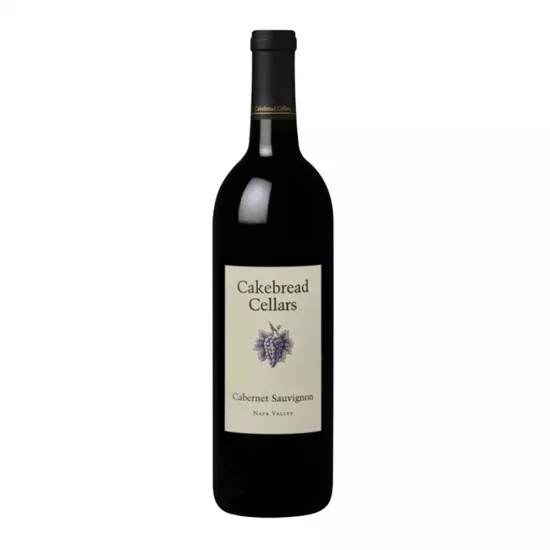
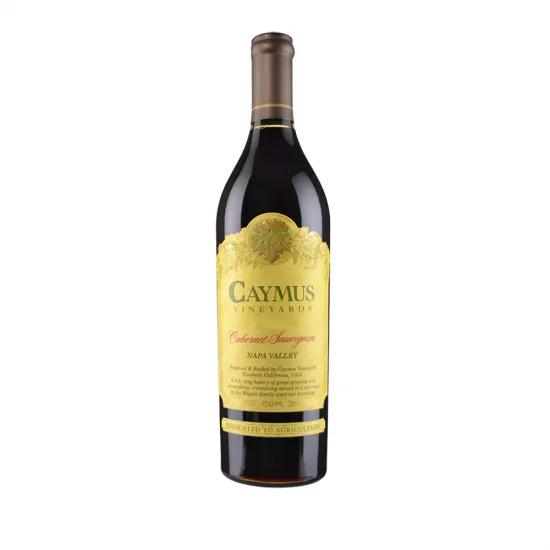
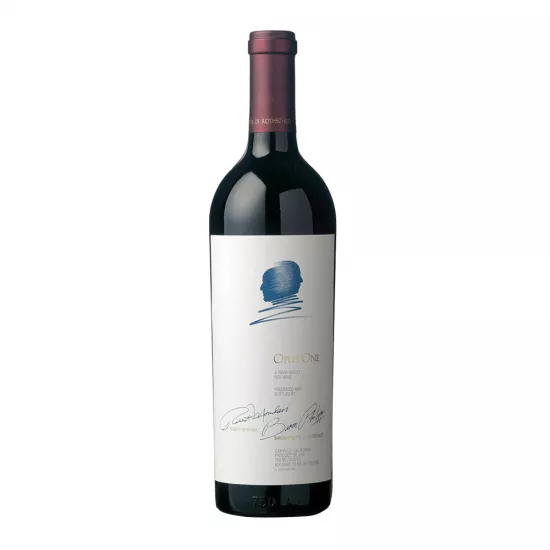
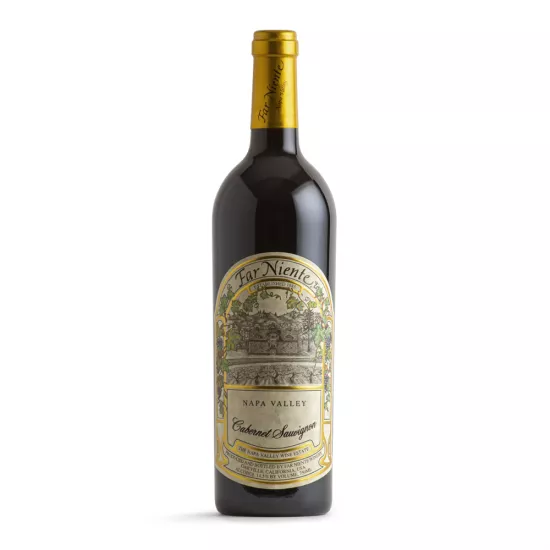

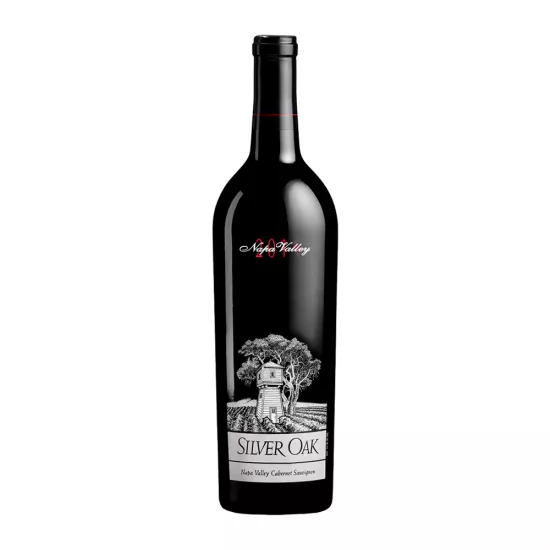
Leave a Comment